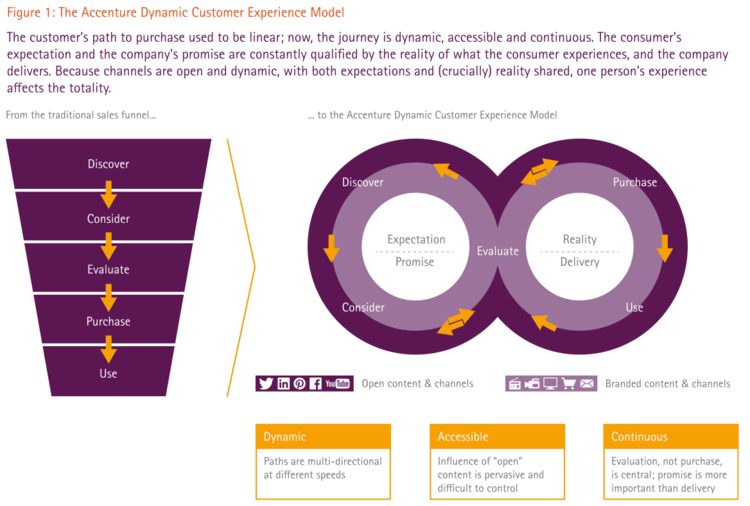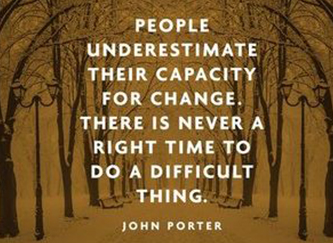There has been talk lately of the traditional sales funnel being outdated as it does not truly capture the way in which B2B customers interact with sellers today. It has been estimated that buyers are 57% through the buying process before they reach out to vendors and that during that buying process the average size of the purchasing group is now 5.4 people [CEB]. With these two changes in the market it can be understood that the buyer’s journey is no longer linear.
In fact, more and more business are moving to a subscription business model where renewals and upsells hold significant importance. How does this change the way we look at customers? We can no longer just focus on closing a deal as the future value of the customer is too important. We have to reframe how we engage with prospects and look at establishing a relationship that will lead to future growth opportunities. This new model is referred to as a continuous engagement model. It focuses on 4 stages – Find, Engage, Close and Grow.

The benefit of this model is it more accurately captures the behaviors of prospect as they seek information from a myriad of sources to help them make informed decisions. Also, depending on the timing of their buying cycle they may engage with us via a webinar, email, event or demo then go silent and re-engage with us at future date. The current sales funnel might not accurately capture that interaction and consider it a closed-lost deal. However, if a sales team is aligned with their marketing colleagues we can discuss how to stay engaged with the prospect account that keeps our solution top of mind and continues to give them a compelling reason to interact with us.
While I do agree the continuous engagement model more accurately depicts how prospects interact with sellers in today’s market, I think it can be challenging to quantify the conversion rates for each stage thus making it more difficult for the sales organization to forecast what they need to do in order to achieve revenue targets. In contrast, this model does help each group, if they are aligned, better understand the “pull through” opportunity when the prospect engages with the company.
Is the current sales funnel out of date?I don’t think completely. However, what we do know is that more companies are acting like subscription businesses and so we have to adopt models that help us better understand our business and what is really happening with our prospect interactions. I think before moving to the continuous engagement model fully, an organization will have to commit to better aligning sales and marketing so that they can use the model to inform what decisions should be made at each stage of engagement and what action or content should be used to support that event in the best way.


Recent Comments